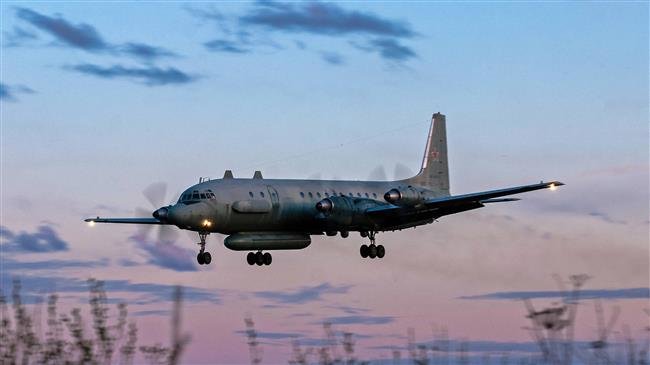The Bay of Biscay is one of the world’s great submarine graveyards. In late World War II, British and American aircraft sank nearly seventy German U-boats in the Bay, which joined a handful of Allied and German subs sunk in the region during World War I. On April 12, 1970, a Soviet submarine found the same resting place. Unlike the others, however, K-8 was propelled by two nuclear reactors, and carried four torpedoes tipped by nuclear warheads.
The Novembers (627):
The November (Type 627) class was the Soviet Union’s first effort at developing nuclear attack submarines. The 627s were rough contemporaries of the Skate and Skipjack class attack boats of the U.S. Navy (USN), although they were somewhat larger and generally less well-arranged. Displacing 4750 tons submerged, the thirteen 627s could make thirty knots and carry twenty torpedoes (launched from eight forward tubes). Visually, the 627s resembled a larger version of the Foxtrot class diesel-electric subs; the Soviets would not adopt a teardrop hull until the later Victor class. The Novembers were renowned in the submarine community for their noise; louder than any contemporary nuclear sub, and even preceding diesel-electric designs.
The Novembers were initially designed with a strategic purpose in mind. The Soviets worked on a long-range nuclear armed torpedo (dubbed T-15), which could strike NATO naval bases from ranges of up to 40km. The torpedo was so large that each submarine could only carry a single weapon. However, increasingly effective Western anti-submarine technology quickly scotched the first mission. The Novembers were too loud to plausibly find their way into close enough proximity to a NATO port to ever actually fire a nuclear torpedo in wartime conditions.
The Soviet Navy (which did not have much interest in the strategic mission at that point) reconfigured the 627 class for a more conventional anti-ship role. Despite their noisiness, the Novembers had the range to threaten NATO surface vessels, especially transport convoys. A small number of nuclear torpedoes (configured with smaller warheads compatible with conventional torpedoes) could wreak havoc on such a convoy, despite the likely loss of the sub to any surviving escorts. The 627s were never regarded as particularly effective sub hunters, in part because they were louder than any foreign contemporaries, and in part because of deficient sonar technology.
K-8:
K-8, the third November boat, entered service in the Soviet Northern Fleet in late 1960. In one of her first cruises, she suffered a coolant incident that almost resulted in the loss of the ship; many of her crew members were exposed to high levels of radiation. Drastic action saved the boat, and she returned to port for repairs.
In early spring 1970, K-8 participated in the Okean 70 naval wargame, an exercise intended to display the reach of the Soviet Navy, as well as to work out problems associated with operations distant from Soviet bases. This exercise was enormous; the largest the Soviet Navy had ever undertaken, and really the biggest naval operation that the Russians had attempted since the ill-fated transfer of the Baltic Fleet to the Pacific in the Russo-Japanese War. Ships from the Northern, Baltic, Black Sea, and Pacific fleets participated, roughly two hundred in all. The Soviet Northern Fleet deployed sixty surface ships and forty submarines in support of the operation. As per normal procedure, K-8 was carrying four torpedoes armed with nuclear warheads.
On April 8, K-8 suffered two fires, resulting in a shutdown of both nuclear reactors. The boat surfaced, and Captain Vsevolod Borisovich Bessonov ordered the crew to abandon ship. Eight crew members, trapped in compartments that were either flooded or burned out, died in the initial incident. Fortunately, a Soviet repair vessel arrived, and took K-8 under tow. However, bad weather made the recover operation a difficult prospect. Much of K-8’s crew reboarded the submarine, and for three days fought a life-and-death struggle to save the boat. Although details remain scarce, there apparently was no opportunity to safely remove the four nuclear torpedoes from K-8, and transfer them to the repair ship.
Unfortunately, the loss of power onboard and the difficult weather conditions were too much for the crew to overcome. On April 12, K-8 sank with some forty crew members aboard, coming to rest at a rough depth of 15,000 feet. The depth made any effort at recovering the submarine, and the nuclear torpedoes, impractical.

“We express our condolences to those who have lost their loved ones, and wish recovery to those who survived,” said the Russian leader’s press secretary.

Lionel Messi and Cristiano Ronaldo are both incredibly successful soccer players, and they have each won a large number of trophies and awards throughout their careers.

Cristiano Ronaldo and Lionel Messi are both considered to be among the best soccer players in the world. Both players have had highly successful careers.

Al-Nassr FC is a professional football club based in Riyadh, Saudi Arabia. The club was founded in 1955 and has won several domestic and international titles.

Vivo sub-brand iQOO has launched the company’s latest 5G smartphone- iQOO Z1x 5G in China on July 9, 2020.

This episode describes. making of magnets, how to they working on it. Video mad by discovery uk.

Russian President Vladimir Putin says the Israeli military’s aerial operations in the Syrian airspace are in flagrant violation of the incumbent Damascus government’s sovereignty as tensions are simmering between Moscow and Tel Aviv over the downing of the Russian Ilyushin Il-20 reconnaissance aircraft in the western Syrian province of Latakia.

The permanent residency card will grant them the same access to education and healthcare in government institutions as Qatari nationals.

According to the latest leak, Samsung Galaxy A91 may launch in India at the end of this year.

Xiaomi India has just unveiled it's latest flagship killer- Xiaomi Mi 10 5G smartphone in India.
